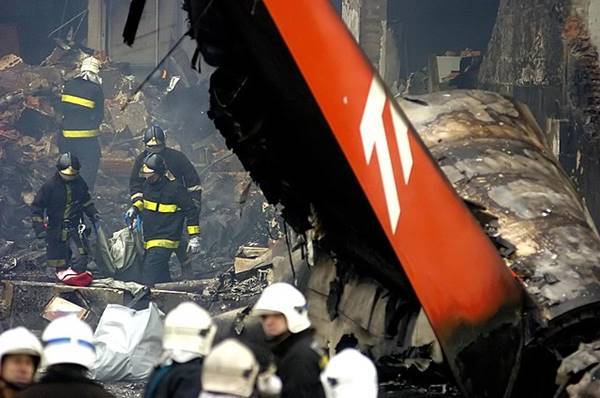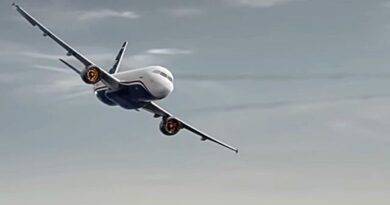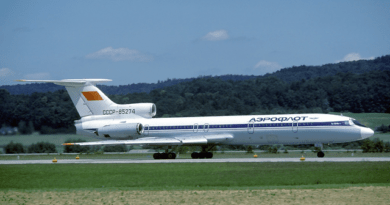TAM Airlines Flight 3054 – 17 July 2007
On July 17, 2007, TAM Airlines Flight 3054 was on its way from Porto Alegre to São Paulo, Brazil when tragedy struck. The Airbus A320-233 carrying 186 passengers and crew overshot the runway at São Paulo Congonhas Airport and crashed into a nearby building. It was a devastating accident that left 199 people dead, including all 187 people on board the plane and 12 people on the ground.
The crash of TAM Airlines Flight 3054 was the worst aviation disaster in Brazilian history and one of the deadliest accidents involving an Airbus A320 at the time. The causes of the crash were later determined to be a combination of factors, including weather conditions, pilot error, and a flawed runway design.
The weather on the day of the crash was rainy and the runway was slippery, which made it difficult for the plane to stop. In addition, the runway at Congonhas Airport was notoriously short and lacked an adequate safety margin. The airport was located in a densely populated area of São Paulo, which meant that there were many buildings and obstacles in the immediate vicinity of the runway.
As the plane approached the runway, the pilots were faced with a challenging situation. They had to land the plane on a short, wet runway while dealing with crosswinds and the potential for hydroplaning. According to the official investigation report, the pilots made several mistakes in the moments leading up to the crash. Lets remember the swiss cheese model!
Unactivated Thrust Reverser
One of the main errors made by the pilots was their failure to activate the thrust reversers on the engines after touchdown. Thrust reversers are a crucial safety feature on airplanes that help slow down the plane by reversing the direction of the exhaust gases. Without them, the plane had to rely solely on its brakes to stop, which was not sufficient on the wet runway.
In addition, the pilots had been trained to use a particular technique for landing on the runway at Congonhas Airport. This technique involved touching down at a certain point on the runway and then applying maximum braking to stop the plane before it reached the end of the runway. However, this technique was flawed because it relied on the assumption that the runway was dry and the brakes were in good condition. In the rainy conditions on the day of the crash, the brakes were not able to stop the plane in time, and it overran the end of the runway.

The crash of TAM Airlines Flight 3054 was a tragic reminder of the importance of safety in the aviation industry. It led to a number of changes in the way that airports and airlines operate in Brazil, including improvements to runway design and the implementation of new safety regulations. However, it also highlighted the need for ongoing vigilance and training to ensure that pilots and airline staff are equipped to handle unexpected situations and to prioritize passenger safety above all else.
Today, the memory of the victims of TAM Airlines Flight 3054 lives on, and their tragic loss continues to inspire efforts to improve aviation safety around the world.
Source:
https://en.wikipedia.org/wiki/TAM_Airlines_Flight_3054
https://tailstrike.com/database/17-july-2007-tam-3054/
Image source:
By Agência LUZ/ABr – Agência Brasil, CC BY 3.0 br, https://commons.wikimedia.org/w/index.php?curid=2430210
Featured image source:
https://www.youtube.com/watch?v=78F9DMlxmik


